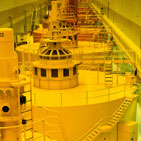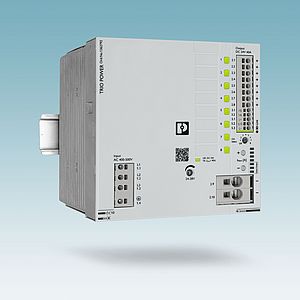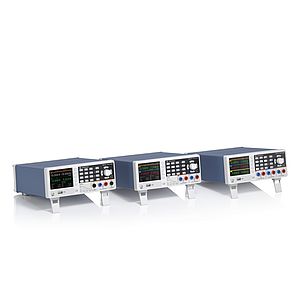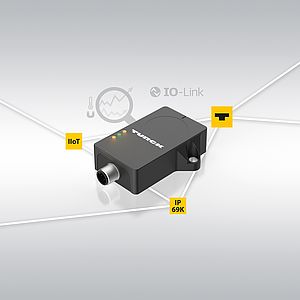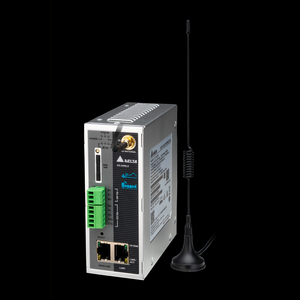Previously considered bulky, expensive and complex to interpret, machine vision technology has undergone continuous improvements to become an integral part of quality control for industrial or manufacturing production lines. Advances in sensor, digital signal processors, field-programmable gate array and microprocessors, electronics and computing have considerably expanded the application scope for machine vision technology.
New analysis from Frost & Sullivan, Analysis of the Global Industrial Machine Vision Market, finds that the market earned revenue of $4.50 billion in 2012 and estimates this to reach $6.75 billion in 2016. The study covers the segments of vision systems, industrial cameras, frame grabber, optics & illumination systems, and machine vision software.
"The simplicity and cost-effectiveness of current machine vision solutions have enabled it to penetrate a number of adjacent markets," said Frost & Sullivan Measurement & Instrumentation Program Manager Vijay Mathew.
In traditional markets, such as automotive, pharmaceutical and electronics, customers are employing machine vision in higher volume production lines and applications. Additionally, faster and flexible solutions that can be integrated with all factory automation systems are being sought.
Several customers are still unfamiliar with the technology, in non-traditional markets such as transportation, surveillance, biomedicine, security and agriculture. Nonetheless, adoption of this technology within these industries is on the rise.
The market made impressive progress since the economic downturn of 2009, when key end-user markets, such as automotive and semiconductors, had to slash their maintenance and inspection budgets. Although the market rebounded and steadied over the last couple of years, the intensifying sovereign debt crisis, along with austerity and cost-cutting measures are likely to push back the market.
Regardless, market participants are still optimistic about the overall business environment. Although 2012 was relatively slow, the market is expected to stabilize in 2013 and beyond. "The camera segment has the most potential. With technological innovations, the lines between vision sensors, smart cameras, and PC-based machine vision systems will blur," said Mathew. "The integration of robotics in machine vision technology will continue to increase through partnerships, as well as mergers and acquisitions, giving the market significant scope for growth."


